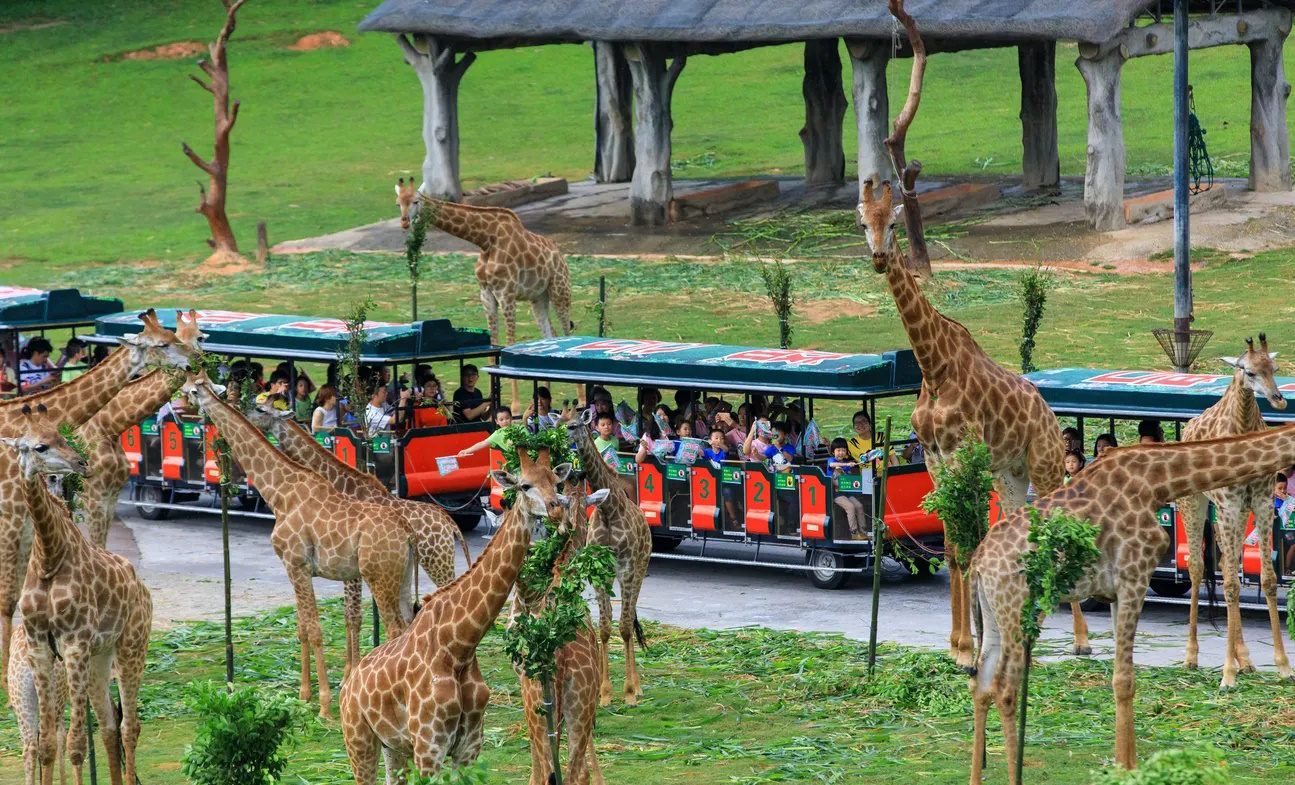THEME PARKS AND ATTRACTIONS
Use of AI to Enhance Customer Experience and Operational Efficiency
Theme parks, amusement parks, and attractions are a vital part of the leisure and entertainment industry globally. It’s been projected that the market will recover and achieve a cumulative growth rate of 9%, achieving $89B in 2023.
This is because theme parks have the ability to grow its visitors as they gain new ones (first visits) and recapture previous visitors (repeat customers). Without them, they may not reach their full potential.
To achieve higher market share parks must make the most out of their busiest days through after-ticket sales and strive to improve attendance and aim to have smoother attendance throughout the year. Artificial Intelligence and Machine Learning can help management achieve this and much more.
Some parks have incorporated AI and ML through wrist-band passes that tracks customers movements, analyse their purchases and habits, and provide real-time reports. Management is also able to create and curate content based on customer preferences and interactions personalising their experience. Knowing customers better will not only attract them but keep them happy.
On the experience perspective, Virtual and Augmented Reality has been integrated into various attractions and activities. But AI and ML in theme parks and attractions has more benefits to offer with, forecasting and optimisation providing the highest ROI-driven potential. With integration of customer-associated data, marketing strategy, and park performance identify customer trends, decide on best possible opening hours, and better manage customer flow.
AI USE CASES IN THEME PARKS
Guest Experience
- Virtual queueing system and Queue estimation for better customer experience
- Loyalty program, engagement, and personalization using mobile app
- AR and way finders that lead to rides, gift shops, food & beverage stands and other post ticket purchases
- Wearables for enhanced customer experiences (manage ride entries, available experiences, etc.)
- Virtual and Augmented Reality experiences
- Responsive automated guides for the park
- Virtual Assistant to book tickets, queue, order food and drink
Operational Efficiency
- Ride monitoring (preventative maintenance, downtime prediction, damage detection)
- Hazard detection
- Automated staff scheduling and staff optimisation (staff allocation based on traffic/weather)
- Personalized marketing
- Ticket pricing optimisation and footfall forecasting
- Social media listening and reputation monitoring
- Incident reporting
- Route tracking, route optimisation/suggestion, traffic analysis
- Supplies/food/beverage forecasting
DATA REQUIREMENTS
Internal Data
Ticket Purchase, After-Ticket Purchase history, Visit History, Preferences
Digital Data
Customer and visitors data from online activities
Economic Data
Data available that is external to the organization including oil price, Consumer Price Index and other non-traditional data sources
Environmental Factors
Climatic and weather conditions, temperature, day length
Holiday & Events
Data on vacations, weekends, and events for specific countries
BENEFITS
Improved Customer Experience
Create a more convenient experience covering all touchpoints from booking to post park visit, improve engagement through personalisation, remove pain points based on customer feedback analysis and delight visitors with interactive attractions.
Better Operational Efficiency
Manage crowd and improve control through dynamic park routes based on real-time attraction and traffic monitoring. Reduce ride downtime and increase equipment lifespan through proper monitoring and predictive maintenance. Anticipate peak periods/days and manage staff schedule effectively.
Improved Revenue and Reduced Cost
Improve post-ticket sales, increase foot traffic and park visits, and lower dynamic cost through AI’s predictive capabilities. Utilise media monitoring, strategic marketing, and trend forecasting to create demand through promotions. Save on manpower cost through proper manpower forecasting and employing of chatbots.
Improve guest safety and mechanical health
Real-time ride monitoring and equipment status check prevent malfunctions and provide proper preventive and predictive maintenance. In turn improve the overall safety of guests and visitors.

